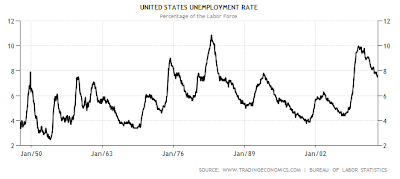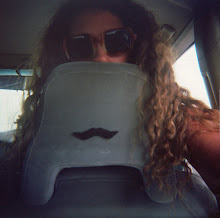Every time I write an application - to a grant, residency, or exhibition opportunity - I write a new artist statement. I am always so happy with and proud of my new statement at the moment I complete it. I always feel like I finally expressed what my work is all about. This feeling usually coincides with re-falling in love with writing and re-identifying it as a crucial component of my art practice. But both of those feelings are unfailingly and extremely short lived. It doesn't take long to hate writing again (it's so frustrating and inflexible) or to feel embarrassed by that statement I wrote a few days or weeks ago. Nevertheless, I just finished writing a new artist statement, and I'm really proud of it, so I'm going to share it. And I hope that every time I rework my statement I get a little bit closer to hitting the nail on the head. But give me a few days and I'll probably have a different perspective. I'll eventually see that mark on the wall that's several feet from the nail that shows me how far off I was...
"I received a bachelor’s degree in design and practiced at an architectural firm in New York for several years before earning an MFA in sculpture. My artwork remains strongly rooted in design, and primarily takes the form of electronic, kinetic and interactive sculpture. Inspired by highway billboards and neon signs, my work often imitates these familiar forms of communication, co-opting strategies typically used to advertise products for the production of meaning. I think of words as found objects and I manipulate language as if it were a sculptural material, constructing words and phrases in three dimensions and then assembling and disassembling them over time.
Because my work is driven by concept as opposed to process, my practice is collaborative and interdisciplinary, and I often explore the same idea in many mediums, including drawing, photography, video and installation. My work’s most common recurring theme is an exploration of the aesthetics of time. I believe that art can and should be affected by time, as opposed to frozen in it. Like everything else in the world – our bodies, the seasons, machines – my work often moves, changes, deteriorates, and in some cases, dies."









